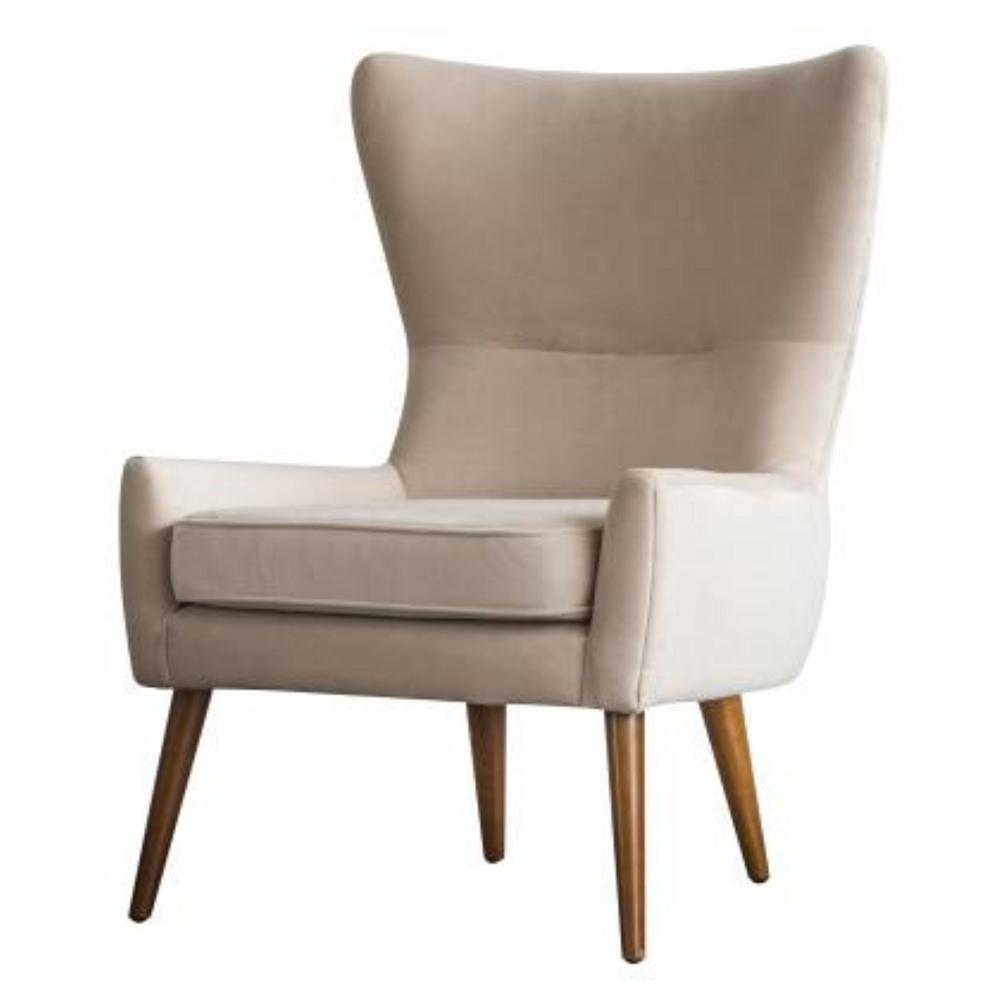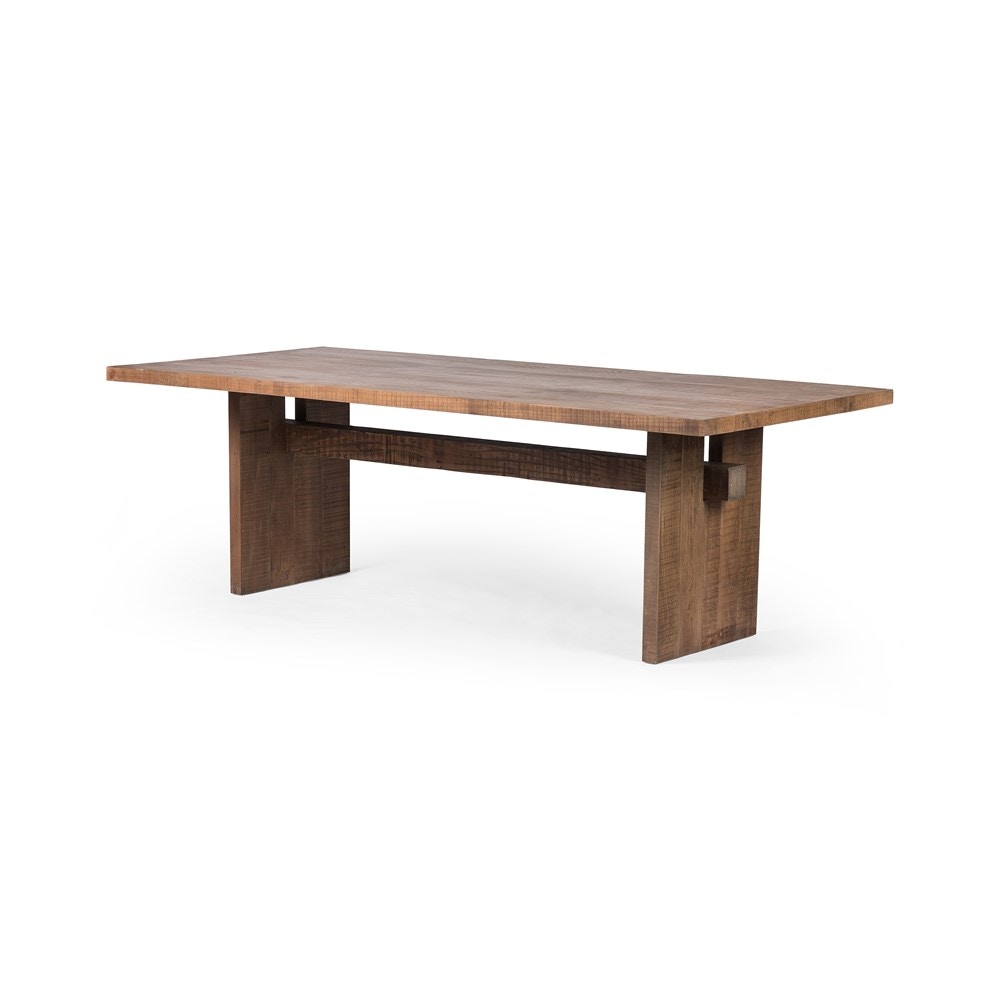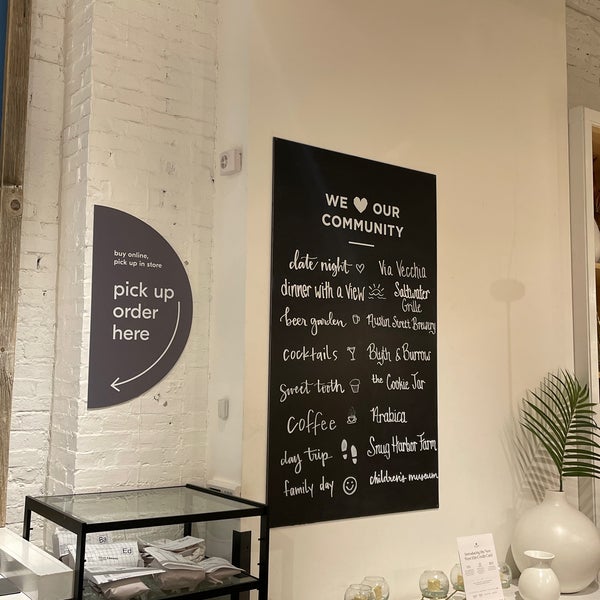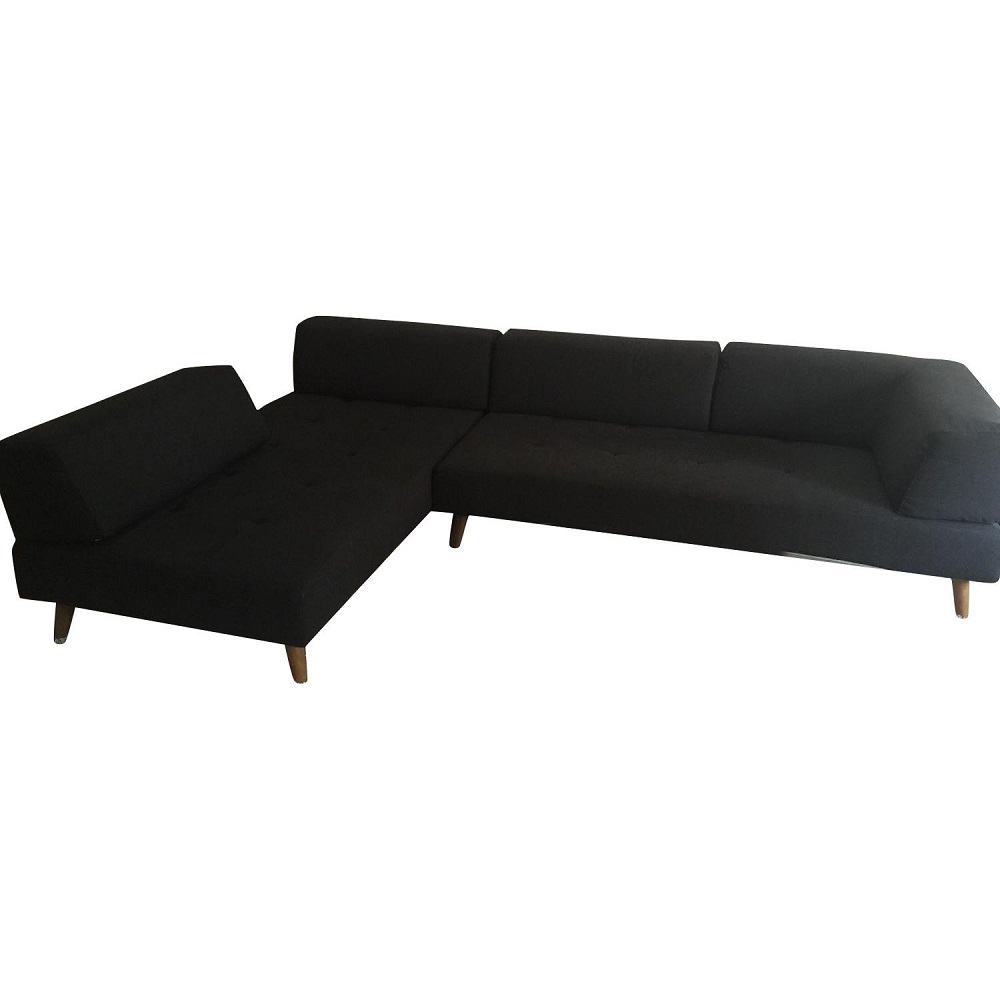West Elm Portland stands out as a beacon of eco-friendly design in the furniture and home décor industry. The company not only focuses on aesthetic appeal but also prioritizes sustainability in its products and practices. With a commitment to environmental responsibility, West Elm Portland attracts consumers who value both style and eco-conscious choices. This article explores various aspects of how West Elm Portland is leading the charge for sustainable design.
Commitment to Sustainability
Environmentally Responsible Materials
West Elm Portland emphasizes the use of sustainable materials in its products. Many of their items are crafted from reclaimed wood, which minimizes waste and reduces the need for new resources. By using materials that have already been processed, the brand lessens its environmental footprint. Additionally, upholstered pieces often feature eco-friendly fabrics such as organic cotton and recycled polyester, which are less harmful to the planet.
Fair Trade Practices
Sustainability extends beyond materials at West Elm Portland. The company is dedicated to fair trade practices. Many of their products are sourced from artisans and craftspeople who receive fair wages and work in safe conditions. This commitment not only supports local economies but also fosters a sense of social responsibility. Shoppers can take pride in knowing that their purchases contribute to equitable working environments and the empowerment of communities.

Innovative Design Solutions
Modular and Multi-Functional Furniture
West Elm Portland focuses on creating innovative design solutions that adapt to modern living. Their modular and multi-functional furniture is designed to maximize space and minimize waste. For example, sofas with removable and interchangeable parts can accommodate various room layouts. This versatility encourages consumers to invest in quality pieces that last longer, reducing the need for frequent replacements.
Timeless Aesthetics
The designs at West Elm Portland merge style with longevity. The aesthetic appeals to a wide demographic, featuring clean lines and minimalist designs. These timeless pieces are less likely to go out of fashion, promoting a culture of sustainability. By offering designs that withstand changing trends, West Elm encourages customers to choose quality over quantity.
Energy Efficiency Initiatives
Sustainable Store Design
West Elm Portland’s commitment to sustainability is reflected in its store design as well. The physical space employs energy-efficient lighting, water-saving fixtures, and sustainable materials in construction. By reducing energy consumption, West Elm sets an example for other retailers. The company’s efforts showcase how commercial spaces can be environmentally responsible while providing a welcoming atmosphere for consumers.
Community Engagement
The store actively engages with the local community to promote sustainability. West Elm Portland regularly hosts workshops and events focused on eco-friendly living. These initiatives educate consumers on sustainable practices, from furniture maintenance to eco-conscious decorating tips. By fostering a community dialogue, West Elm encourages responsible consumer behavior, furthering the reach of its sustainability mission.

Supporting Local Artisans
Collaboration with Local Craftspeople
West Elm Portland prioritizes collaborations with local artisans and craftspeople. These partnerships support small businesses and promote unique, handcrafted goods. Products crafted by local artisans often feature distinct designs that reflect regional culture and artistry. This approach not only celebrates local talent but also minimizes the carbon footprint associated with long-distance shipping.
Increased Transparency
The brand offers transparency about its sourcing practices. Customers can easily find information about where products come from and how they are made. This transparency builds trust with consumers who are increasingly interested in knowing the origins and sustainability of their purchases. By prioritizing ethical sourcing, West Elm Portland empowers shoppers to make informed choices.
Reducing Waste
Recycling and Upcycling Programs
West Elm Portland focuses on reducing waste through recycling and upcycling programs. The company encourages customers to recycle their old furniture items. Programs allow customers to trade in or donate their old furniture, giving it a second life rather than ending up in landfills. This initiative aligns with West Elm’s sustainable mission and promotes responsible consumer habits.
Packaging Initiatives
In addition to recycling efforts, West Elm Portland works to minimize packaging waste. The company uses biodegradable and recyclable materials for shipping items. They strive to reduce excess packaging, which helps lower the environmental impact of shipping. By prioritizing eco-friendly packaging solutions, West Elm leads by example in a sector often criticized for its wastefulness.
Community and Global Impact
Philanthropy Efforts
West Elm Portland amplifies its eco-friendly focus through various philanthropic efforts. The company partners with non-profits that promote sustainability and social equity. By donating a portion of their profits to environmental causes, West Elm demonstrates a commitment to making a positive impact beyond commerce. Customers can feel good knowing that their purchases contribute to meaningful initiatives.
Global Sustainability Goals
West Elm Portland aligns with broader global sustainability goals, such as the United Nations Sustainable Development Goals (SDGs). The brand actively works to reduce its overall carbon footprint and implement sustainable practices across all levels of production. By committing to these global goals, West Elm positions itself as an industry leader in eco-friendly design that resonates well beyond Portland.

Enhancing Consumer Awareness
Eco-Conscious Marketing Strategies
West Elm Portland employs marketing strategies that emphasize sustainability and eco-friendliness. Through various campaigns, the brand highlights its commitment to responsible sourcing and ethical manufacturing. These strategies resonate with consumers who seek to make environmentally conscious choices for their homes. By showcasing sustainable practices, West Elm educates shoppers about the environmental impact of their purchases. This transparent communication fosters a deeper connection with consumers, positioning West Elm as a trusted authority in eco-friendly home décor.
Customer-Centric Eco Initiatives
To further enhance community engagement, West Elm created initiatives that encourage customer involvement in sustainability efforts. One such initiative is the “Design for the Environment” program, where customers can participate in workshops on furniture care, repurposing, and eco-friendly home improvements. These workshops offer practical knowledge and tips, empowering consumers to implement sustainable practices in their own lives. By actively involving customers, West Elm not only strengthens its brand loyalty but also cultivates a culture of sustainability among its clientele.
Future Aspirations
Commitment to Climate Goals
Looking ahead, West Elm Portland is committed to continuously improving its sustainability efforts. The brand aims to reduce its carbon emissions significantly as part of its long-term strategy. It plans to implement more energy-efficient production techniques and seek renewable energy sources for its operations. These ambitious goals demonstrate West Elm’s dedication to becoming a leader in the eco-friendly design movement. The commitment to climate action aligns the brand with a growing global awareness about the importance of protecting our planet for future generations.
Expanding Sustainable Product Lines
West Elm Portland is also focused on expanding its range of sustainable products. By introducing new items that prioritize eco-friendly materials and ethical manufacturing, the brand aims to reach a broader audience. This strategy not only caters to the growing demand for sustainable products but also encourages consumers to shun fast furniture culture. By continually innovating and enhancing its offerings, West Elm Portland positions itself at the forefront of the sustainable design industry, making it easier for consumers to invest in eco-conscious living.
Conclusion
West Elm Portland is making significant strides in the realm of eco-friendly design. With a dedication to sustainable materials, innovative designs, and community engagement, the brand not only meets consumer demand for stylish furnishings but also addresses essential environmental concerns. Its partnerships with local artisans, commitment to reducing waste, and philanthropic efforts amplify the impact of its sustainability mission. By choosing to shop at West Elm Portland, consumers participate in a larger movement toward responsible consumption and eco-conscious living. As a leader in the industry, West Elm Portland sets a strong example for others to follow.
